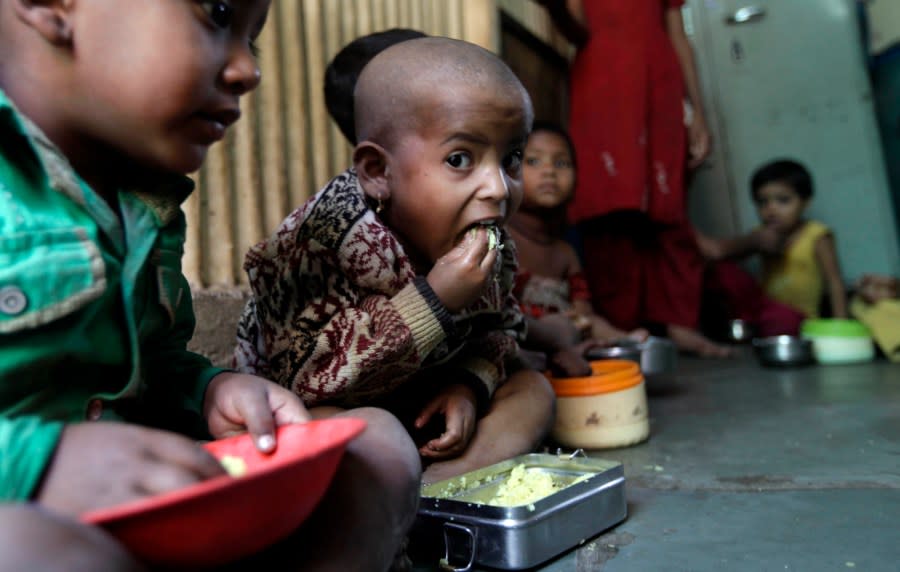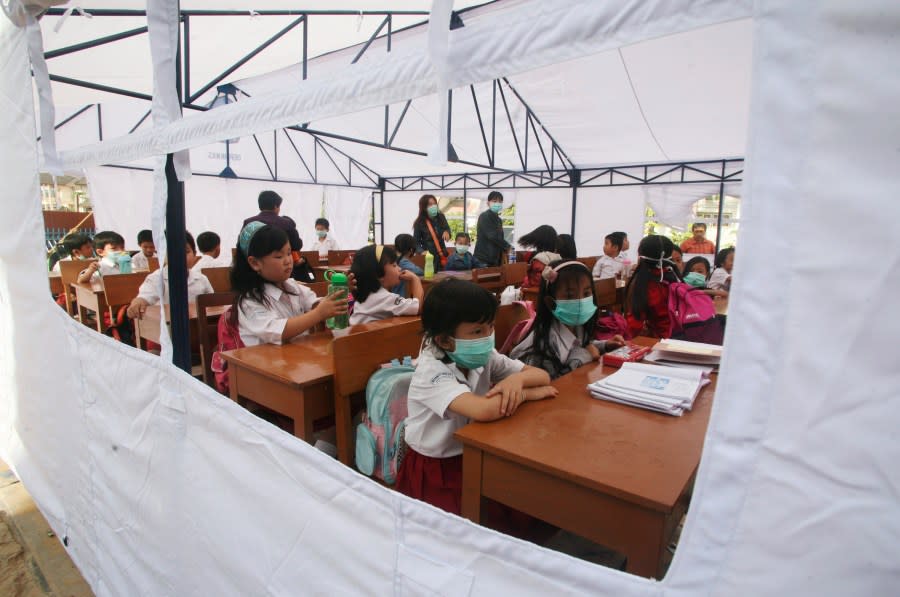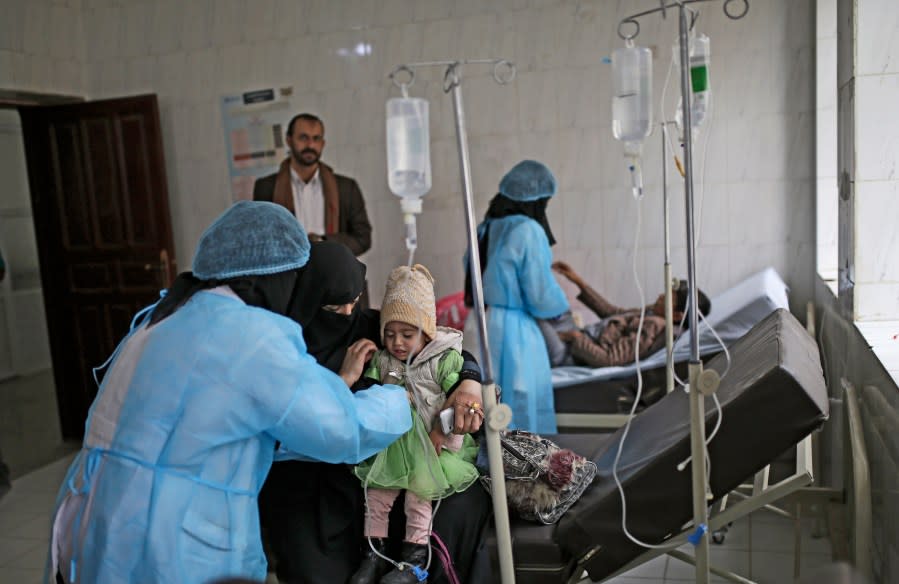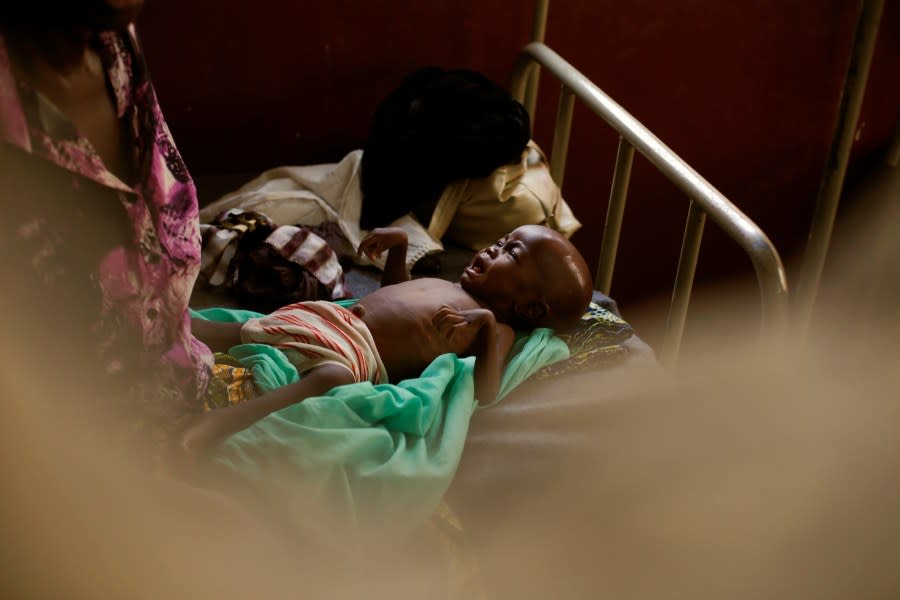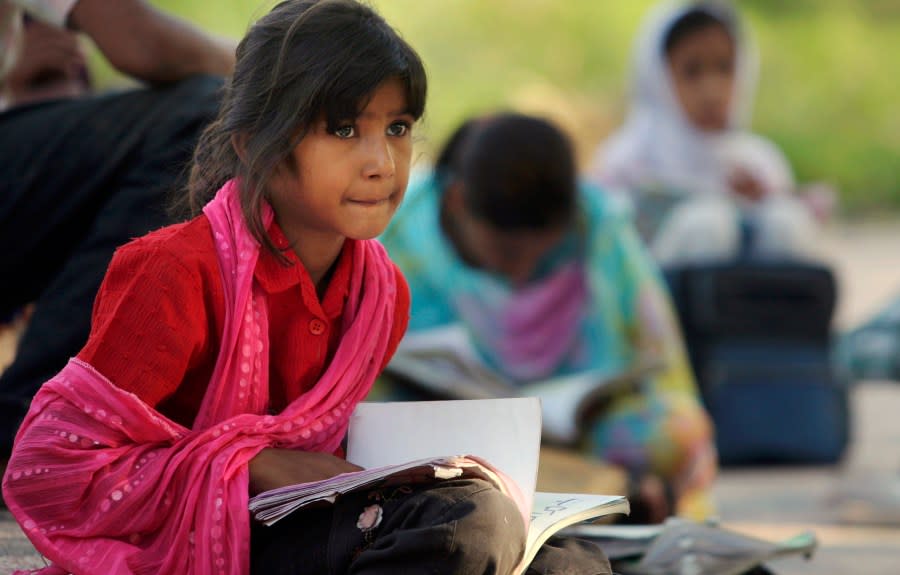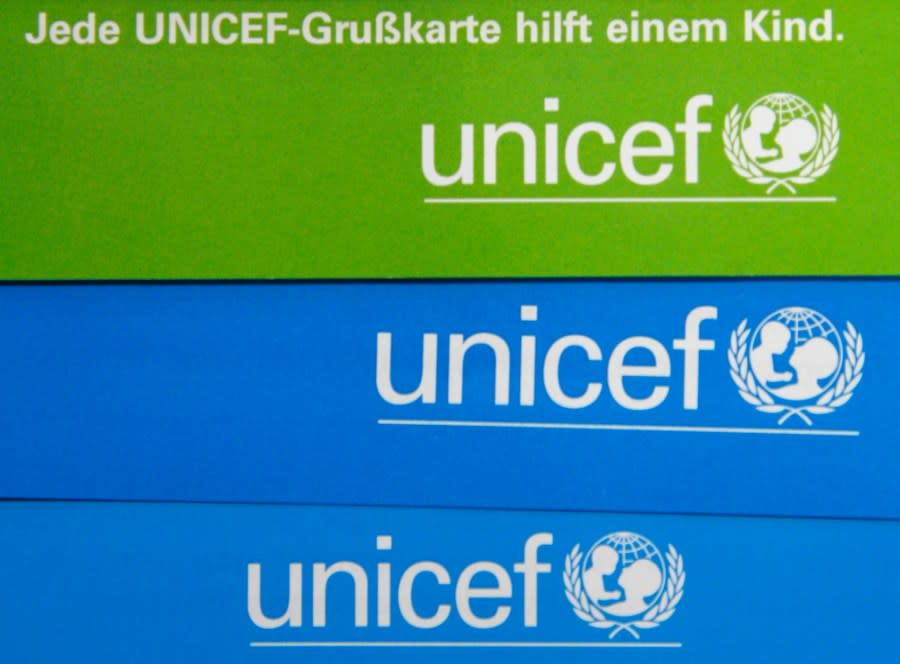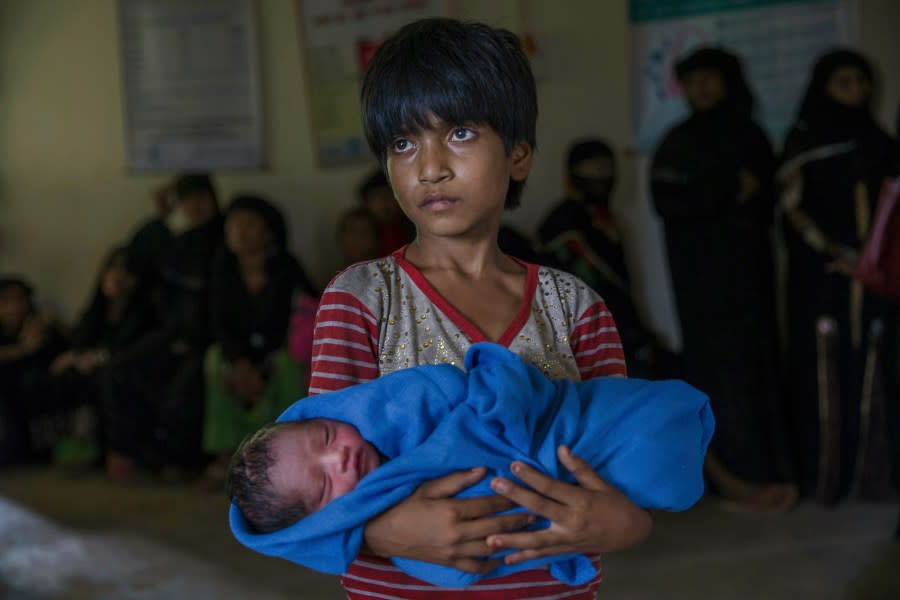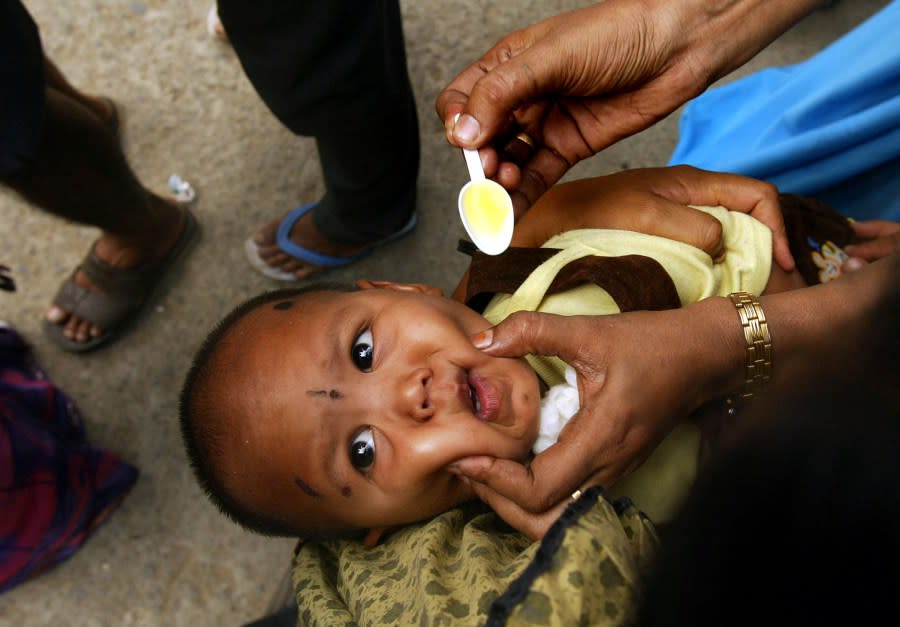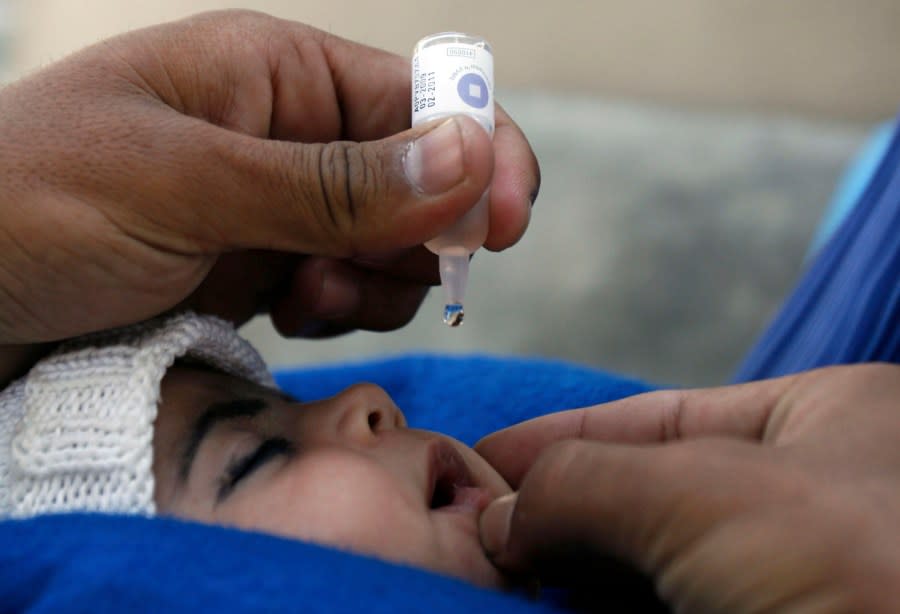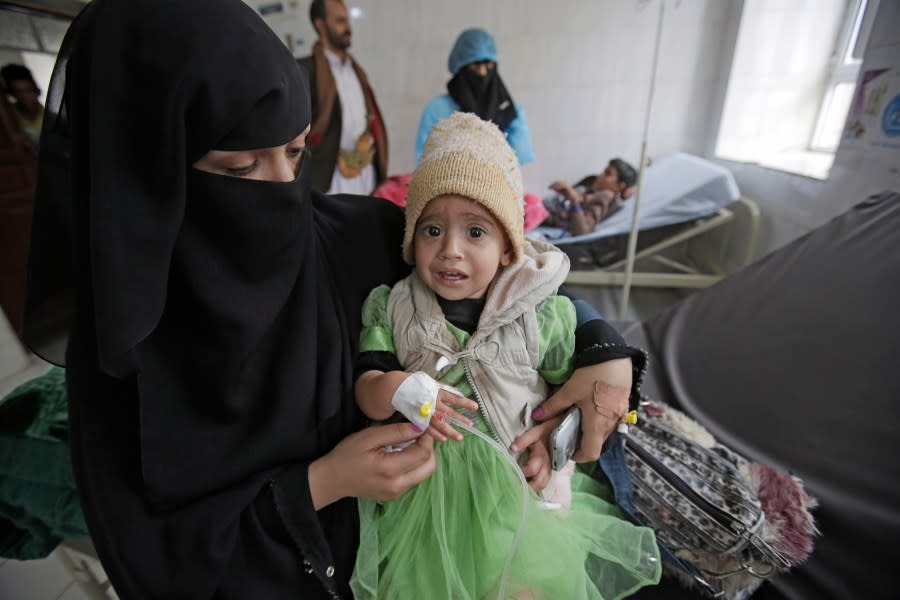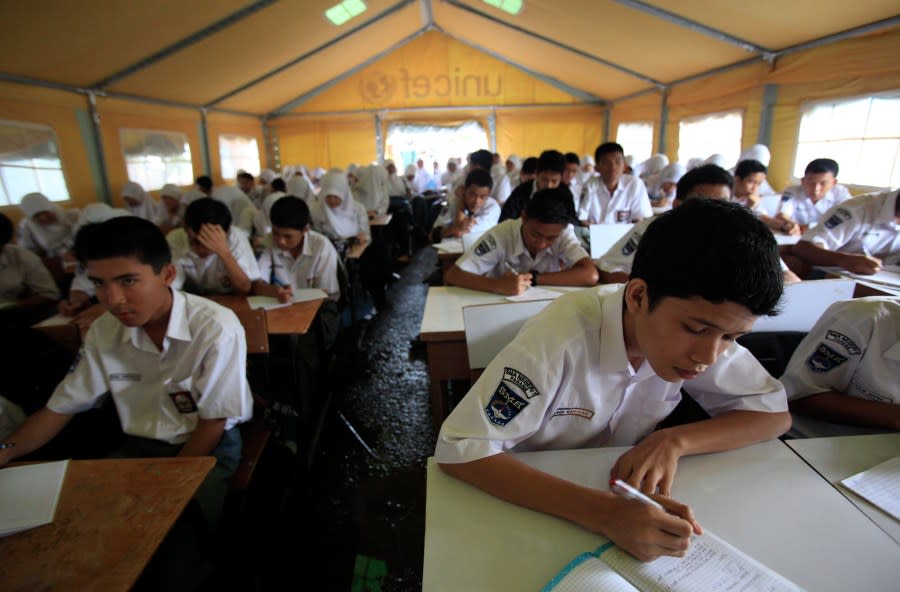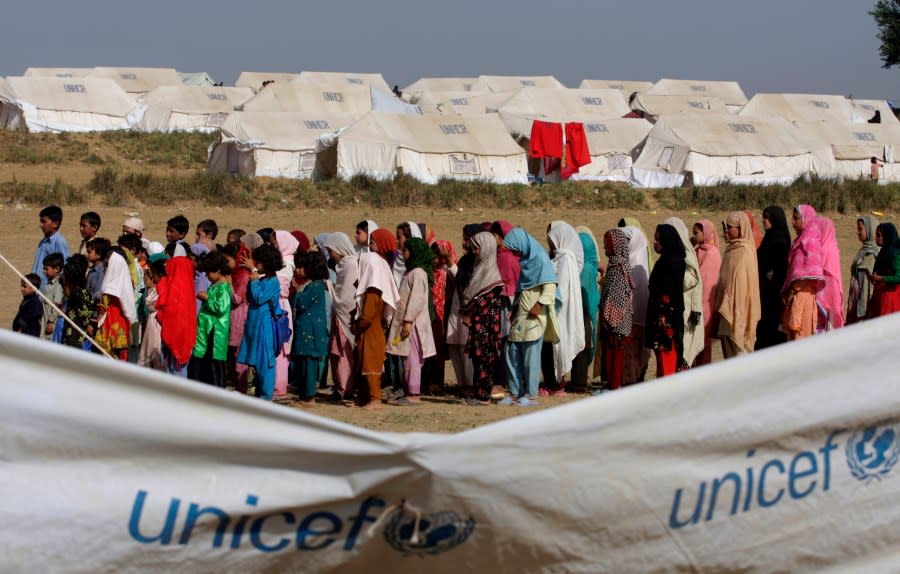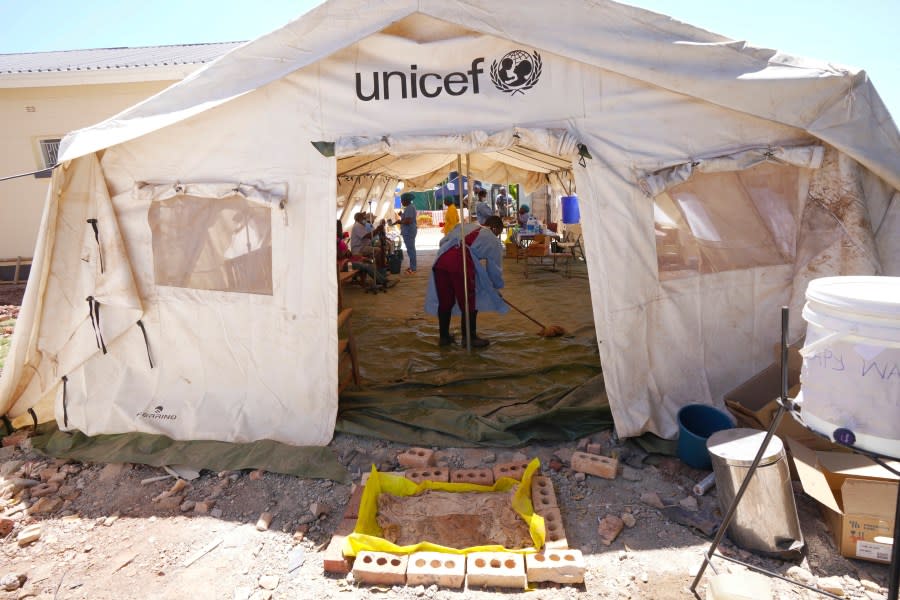On this date: UNICEF Founded

(WHTM) — On September 2, 1945, Japan formally surrendered, and World War 2 was over.
Even before the war was over, world leaders were looking towards the future. From April 25 to June 26, 1945, Representatives from 50 countries gathered in San Francisco to hammer out a charter for a new international organization. The charter they drafted was ratified on October 24, 1945, and the United Nations came into being.
Get daily news, weather, breaking news, and alerts straight to your inbox! Sign up for the abc27 newsletters here
The UN’s long-term goal – help prevent another World War 2 from ever happening again. The short-term goal – repair the damage World War 2 left in its wake. Millions and millions of people were now refugees, displaced from their homes either because they were fleeing war or had been expelled or deported from their homelands. Even for non-refugees, life in countries with trashed infrastructure wasn’t much better. Access to food, clean water, shelter, and medical care was sketchy at best.
Children suffered the most.
Malnourished children eat a meal at the Apanalay center, an organization working with malnourished children, in Mumbai, India, Wednesday, Jan. 11, 2012. Forty-two percent of children in India younger than 5 are underweight and nearly 60 percent are stunted, according to the Hunger and Malnutrition Survey. Prime Minister Manmohan Singh released the report Tuesday and called child malnutrition the country’s shame. UNICEF’s latest data say one-third of the world’s malnourished children younger than 3 lives in India, a rate worse than sub-Saharan Africa. (AP Photo/Rajanish Kakade) Children attend class in a temporary classroom set up by UNICEF, Monday Oct. 12, 2009, in Padang, Indonesia where a massive earthquake hit more than a week ago, leaving most of the city without electricity or running water for days. (AP Photo/Binsar Bakkara) A girl, centre, suspected of cholera infection is treated at a hospital in Sanaa, Yemen, Monday, Sept. 9, 2019.The World Health Organization and UNICEF launched a diphtheria vaccination campaign this month in war-torn Yemen targeting over 2.8 million children between the ages of six weeks and 15 years. (AP Photo/Hani Mohammed) A severely malnourished child cries on his hospital bed at Bangui’s pediatric center in Bangui, Central African Republic, Tuesday Dec. 17, 2013. According to UNICEF’s doctor Celestin Traore, even though malnutrition is high in the country, the problem is worsening due to the conflict. Traore expects to see over 150 malnourished children daily in the coming days as the humanitarian situation worsens. Over 1600 French troops have been deployed to the country in an effort to put an end to sectarian violence. (AP Photo/Jerome Delay) A Pakistani girl attends a makeshift class held at a park and organized by volunteers on International Literacy Day, in Islamabad, Pakistan, Tuesday, Sept. 8, 2009. According to UNICEF, 56 percent of Pakistani children attend primary school, and 55 percent of adults are literate. (AP Photo/Anjum Naveed) The UNICEF logo is seen in the German headquarter in Cologne, Germany, on Tuesday, Feb. 5, 2008. (AP Photo/Hermann J. Knippertz) A UNICEF worker checks boxes of Moderna coronavirus vaccine after their arrival at the airport in Nairobi, Kenya Monday, Aug. 23, 2021. The first time that Moderna COVID-19 vaccines have been received in Kenya, 880,460 doses were delivered forming the first of two shipments totalling 1.76 million doses which were donated by the U.S. government via the COVAX facility, according to UNICEF who transported the vaccines. (AP Photo/Brian Inganga) FILE – In this Sept. 13, 2017, file photo, Rohingya Muslim girl Afeefa Bebi, who crossed over from Myanmar into Bangladesh holds her few-hours-old brother as doctors check her mother Yasmeen Ara at a community hospital in Kutupalong refugee camp, Bangladesh. A new report by the United Nations children’s agency says the lives and futures of more than 19 million Bangladeshi children are at risk from colossal impacts of devastating floods, cyclones and other environmental disasters linked to climate change. The UNICEF report released Friday, April 5, 2019 said the tally includes Rohingya refugee children from Myanmar who are living in squalid camps in southern Bangladesh. (AP Photo/Dar Yasin, File) A UNICEF volunteer administers vitamin A syrup to a boy from Nicobar Island at a tsunami relief camp in Port Blair, in India’s southeastern Andaman and Nicobar Islands archipelago, Wednesday, Jan. 5, 2005. The tsunami that smashed Asian and African coastlines on Dec. 26, 2004, has severely damaged parts of the archipelago, with some islands breaking up, land masses tilting and underwater coral reefs emerging above the sea. Indira Point, the farthest tip of the Indian territory, may have just completely disappeared, say army surveyors and survivors. The death toll in India is 9,675. (AP Photo/Manish Swarup) An Afghan child is vaccinated against polio during a polio eradication campaign in Jalalabad, Nangarhar province, east of Kabul, Afghanistan, Monday, Oct. 12, 2009. Around 7.7 million Afghan children are going to be vaccinated in a three days of a polio vaccination drive, launched by Afghan Health Ministry with the cooperation of the World Health Organization and the United Nations Children’s Fund in the country. (AP Photo/Rahmat Gul) A girl with a suspected cholera infection is treated at a hospital in Sanaa, Yemen, Monday, Sept. 9, 2019. The World Health Organization and UNICEF launched a diphtheria vaccination campaign this month in war-torn Yemen targeting over 2.8 million children between the ages of six weeks and 15 years. (AP Photo/Hani Mohammed) Students attend a class in a makeshift classroom set up by UNICEF on Monday Oct. 5, 2009 in Padang, Indonesia. Hundreds of children went back to class Monday in schools set up in tents in Indonesia’s earthquake zone to get counseling on the loss of loved ones and homes, as authorities tried to restore normalcy after the disaster.(AP Photo/Wong Maye-E) Pakistani children attend their school established by UNICEF in Chota Lahore Refugee Camp in Swabi, Pakistan on Wednesday, May 20, 20089. Secretary of State Hillary Rodham Clinton said the United States was sending $110 million in emergency humanitarian aid to Pakistan, part of the administration’s new strategy for countering the appeal of Taliban militants in the nuclear-armed American ally. (AP Photo/Anjum Naveed) A health worker is seen cleaning inside a tent set aside for cholera patients at a clinic in Harare, Zimbabwe, Saturday Nov. 18, 2023. Zimbabwe is battling a cholera outbreak that has resulted in more than 150 suspected deaths countrywide. Health experts, authorities and residents blame the outbreak on acute water shortages and lack of access to sanitation and hygiene services (AP Photo/Tsvangirayi Mukwazhi)
The UN Relief Rehabilitation Administration created the International Children’s Emergency Fund (ICEF) to deal with this crisis. On Dec. 11, 1946, a resolution of the UN General Assembly brought the United Nations Children’s International Children’s Emergency Fund (UNICEF) into being. The organization’s mandate – help all children regardless of which side of the war their countries had been on. As Maurice Pate, the first UNICEF Executive Director put it, “There are no enemy children.”
UNICEF: 12.7 million children in Africa missed vaccinations
Originally tasked with relieving the suffering of children in postwar Europe, UNICEF quickly went worldwide. In 1953 it became a permanent United Nations agency. Officially it was now the UN Children’s Fund, dropping “international” and “emergency” but was still called UNICEF. (The name was already well established, and besides, it rolls off the tongue more easily than “UNCF”.)
Over the decades, the role of UNICEF has expanded into all parts of the world, and all aspects of child health and safety. According to the UNICEF website:
UN child agency expands presence in Juarez
By the end of 1993, life expectancy in the developing world had increased by about a third since the end of World War II. Infant and child death rates have been halved, the proportion of children starting school has risen from 50 percent to 75 percent, and the number of rural families with access to safe drinking water has risen from just 10 percent to almost 60 percent.
Today UNICEF works in over 190 countries and territories, working to provide services that protect and benefit all children. For more information about what UNICEF is doing, you can visit their website here.
For the latest news, weather, sports, and streaming video, head to ABC27.
